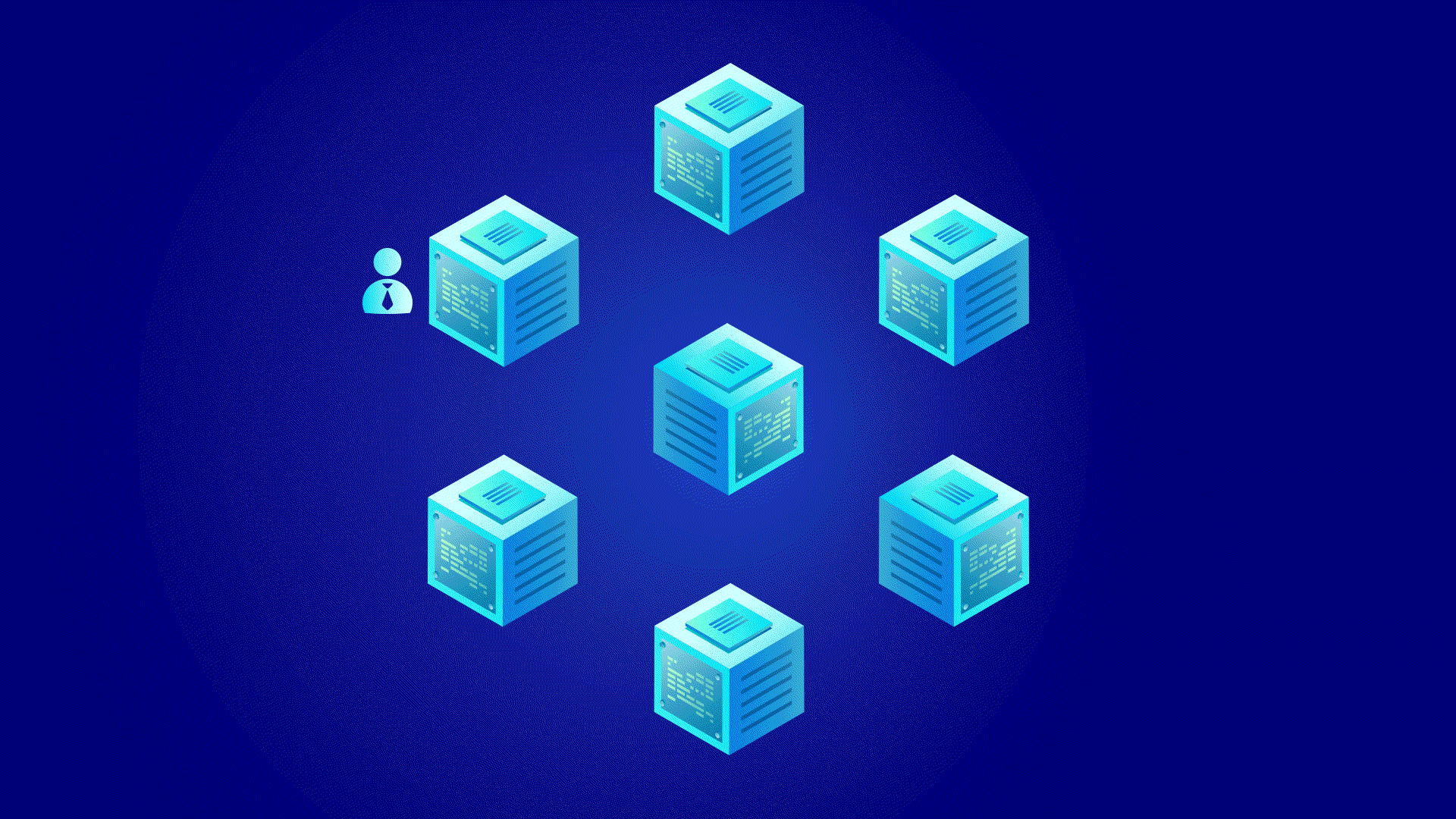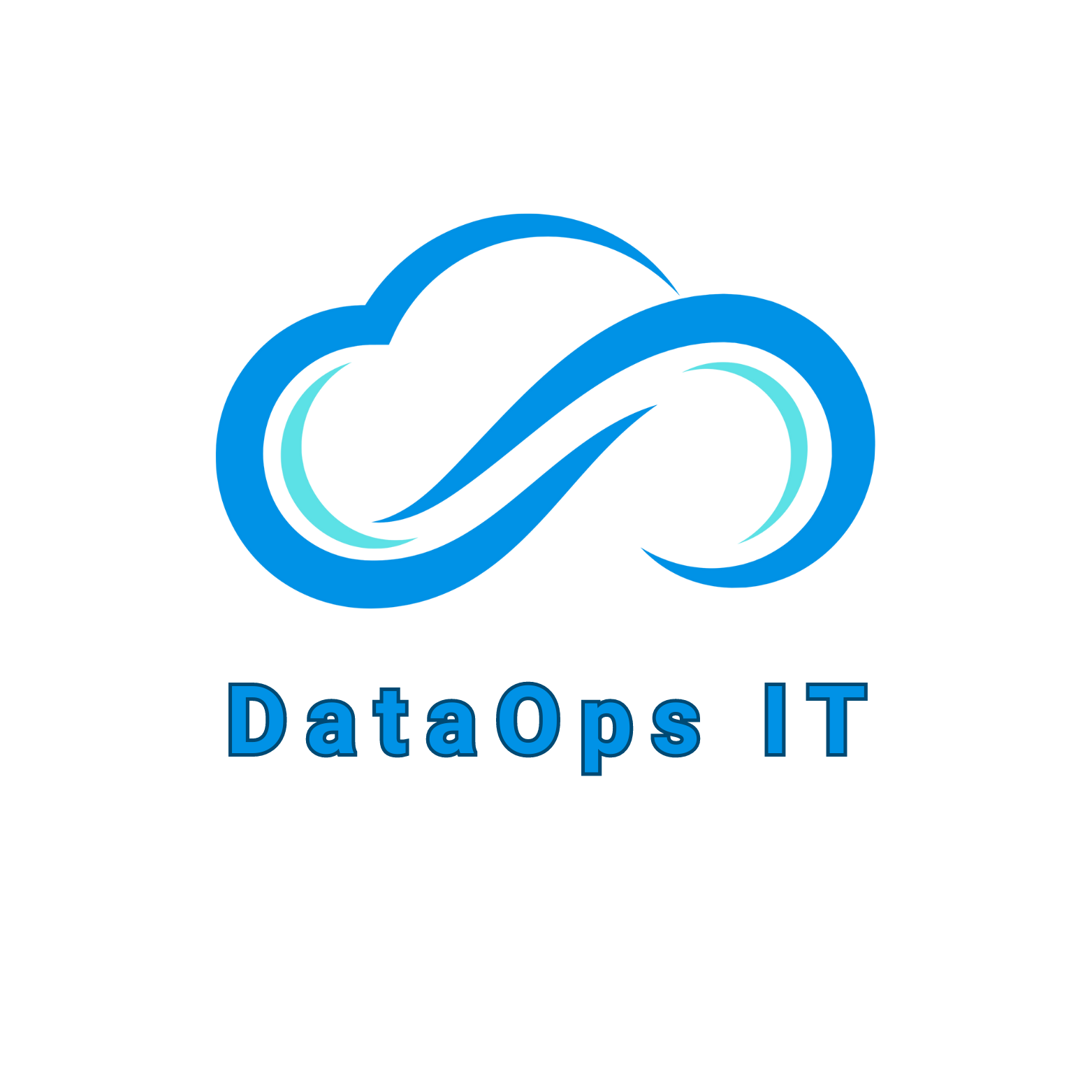Choosing the Right Database | DataOps IT

Let’s be honest—when you’re building something new, the “which database should we pick?” the question pops up fast. And most teams either overthink it… or don’t think it through at all.
Some just go with what’s popular. Others choose based on what their developer friend likes. But if your app is going to scale, evolve, or serve real users (and it will), your choice of database will absolutely shape how you grow.
So, let’s walk through it. Together. Like we’re sitting on the same side of the whiteboard.
What Exactly Is a Database?
In the simplest terms, a database is where your app’s brain lives. It stores everything—from usernames and passwords to orders, payments, messages, photos, and more. Anytime your product needs to “remember” something, it’s calling the database.
But not all databases speak the same language or think the same way. Some are relational. Some are document-based. Some are built for speed. Some for structure. Some scale easily. Others… not so much.
So the real question is: what does your app need to remember—and how?
Relational vs. Non-Relational: The First Fork in the Road
This is the first big decision. There are two major categories:
1. Relational Databases (SQL)
These include MySQL, PostgreSQL, Oracle, SQL Server.
They’re built around structured data—think tables, rows, and relationships. If your app has clearly defined data (users, orders, products) that relate to each other, this model is often a great fit.
You get:
- ACID compliance (which keeps your data safe)
- Strong data integrity
- Powerful query options with SQL
Perfect for:
- E-commerce platforms
- Financial systems
- Apps with heavy reporting and transactions
2. Non-Relational Databases (NoSQL)
These include MongoDB, Cassandra, Couchbase, Firebase, DynamoDB.
They’re more flexible and handle semi-structured or unstructured data well. Think JSON, key-value pairs, blobs of data.
You get:
- High scalability
- Speed in certain workloads
- Schema-less structure
Great for:
- Real-time apps (chat, live updates)
- Social networks
- Content management systems
- IoT and mobile apps
Now that we’ve drawn the line between SQL and NoSQL, let’s dive deeper.
Popular Databases and When (or When Not) to Use Them
Let’s play matchmaker—between your project and the right database.
PostgreSQL
Think of it as the powerhouse of relational databases.
It’s open-source, battle-tested, and loved by developers for its stability, extensibility, and rich feature set (like full-text search, GIS support, JSON handling).
Use it when:
- You need complex queries
- You want strong data integrity
- You’re building a SaaS product or data-heavy app
Avoid if:
You’re looking for a quick, flexible document store with no strict schema.
MySQL
Fast, lightweight, widely adopted. MySQL is the classic workhorse of web apps.
Use it when:
- You’re building something simple but solid
- You value speed and familiarity
- You’re deploying WordPress or similar CMS
Avoid if:
You need advanced features or you're scaling in complex, multi-tenant ways—PostgreSQL might outshine it there.
MongoDB
The king of document databases. Stores data as JSON-like documents (BSON, technically), and lets you build fast and change schemas on the fly.
Use it when:
- Your app has flexible, nested data structures
- You want speed over strict structure
- You’re building real-time dashboards or chat apps
Avoid if:
You need strong ACID compliance or complex joins and reporting.
Redis
It’s not your average database—it’s an in-memory key-value store. Blazing fast, but data isn’t persistent by default.
Use it when:
- You need caching (e.g. session data, temporary storage)
- You’re building a leaderboard, counter, or pub/sub system
Avoid if:
You need long-term, persistent storage of critical data.
Firebase / Firestore
Google’s cloud-native, real-time database for mobile/web apps.
Use it when:
- You want real-time updates with little setup
- You're building a mobile app quickly
- You like Firebase’s ecosystem (auth, storage, functions)
Avoid if:
You’re scaling toward complex querying or advanced security models.
What About Scalability?
Ah yes—your app might be small now, but what happens when you hit 1M users?
This is where horizontal scalability comes into play. Some databases scale up (bigger machine). Others scale out (more machines).
SQL databases are getting better at horizontal scaling (PostgreSQL with Citus, MySQL with Vitess), but they shine in structured environments.
NoSQL databases like Cassandra, DynamoDB, and MongoDB were built with scale in mind. They’re distributed by nature.
But don’t just chase scale. Ask:
- How fast do I need to grow?
- How complex is my data?
- How reliable does it need to be?
Security & Compliance: Can You Sleep at Night?
Security isn’t optional. Especially if you’re handling payments, personal info, or healthcare data.
Relational databases tend to offer mature access controls and compliance support out of the box. MySQL and PostgreSQL are known for being rock solid here.
If you’re working in fintech, healthcare, or government, SQL might win this round.
MongoDB and others have upped their game, but make sure you harden configurations, encrypt data, and use role-based access controls regardless of the DB.
Dev Experience: Who’s Building This Thing Anyway?
Let’s not forget the team.
If your devs are comfortable with SQL, don’t force them into NoSQL. If your team thrives on flexibility and JSON, MongoDB might feel like home.
Also think about:
- Tooling and ecosystem
- Query language familiarity
- Community support
- Learning curve
And yes—sometimes the best choice is the one your team actually enjoys using.
Conclusion
Your database is like the foundation of a house. You can change it—but it’s painful, expensive, and time-consuming. So pick wisely. Don’t just copy what Google or Meta use. Choose what works for you right now—with an eye on where you’re going next.
Still stuck? Drop your project idea and I’ll help you choose—no jargon, no sales pitch, just clear advice.

